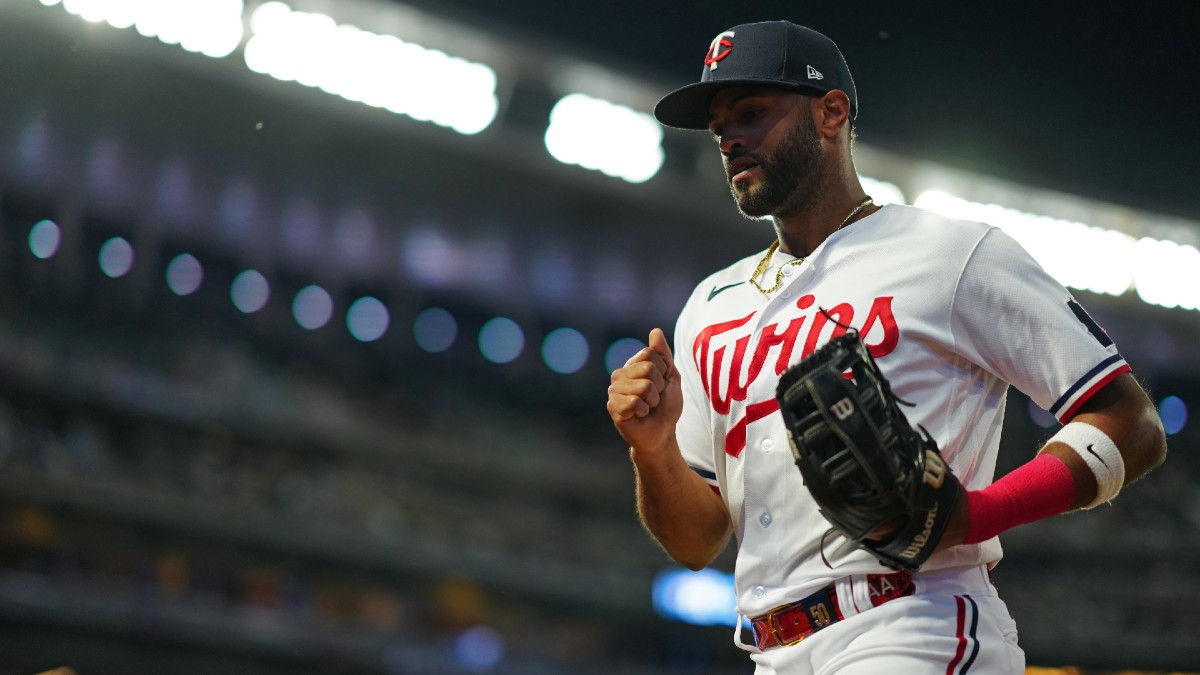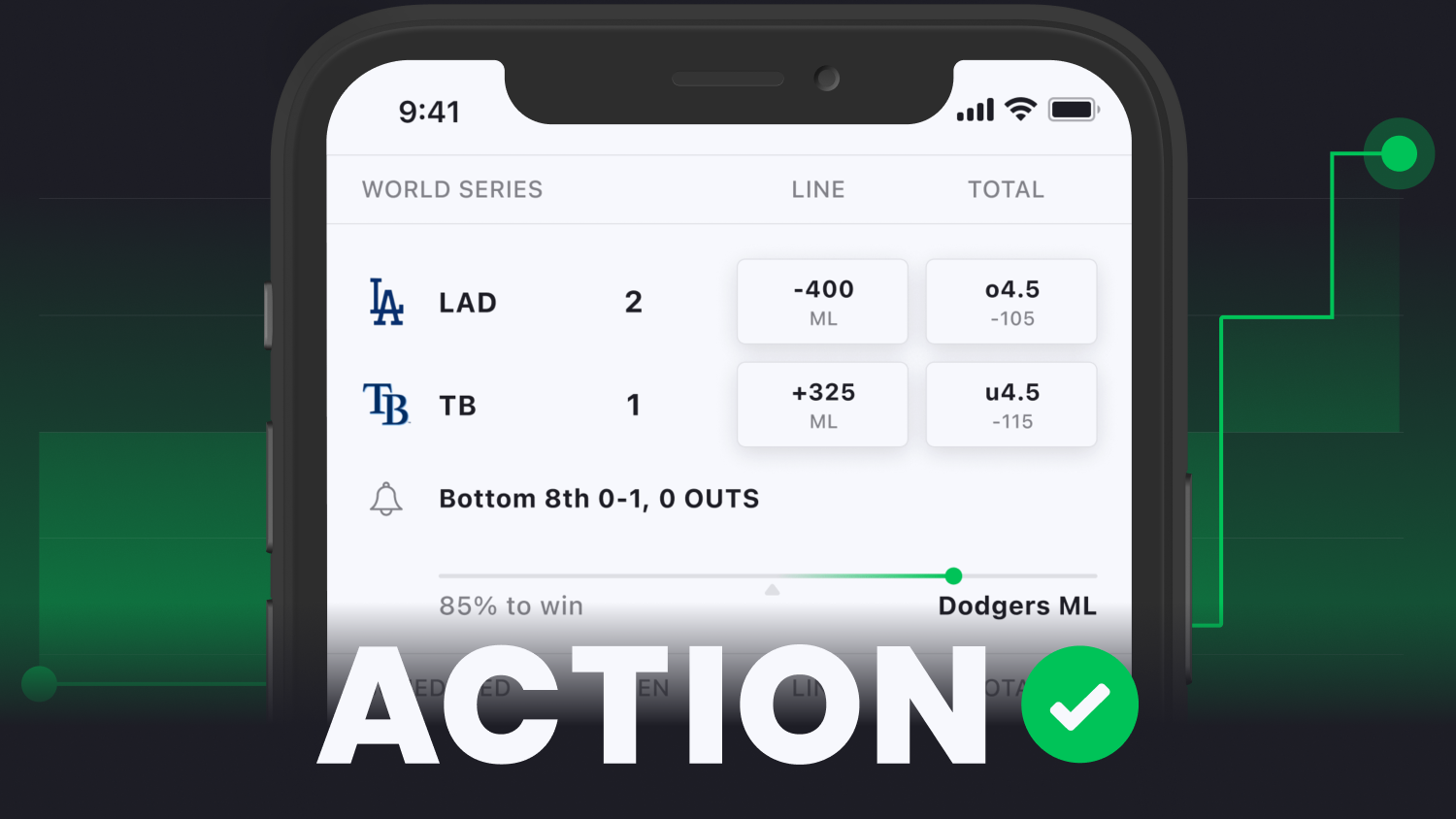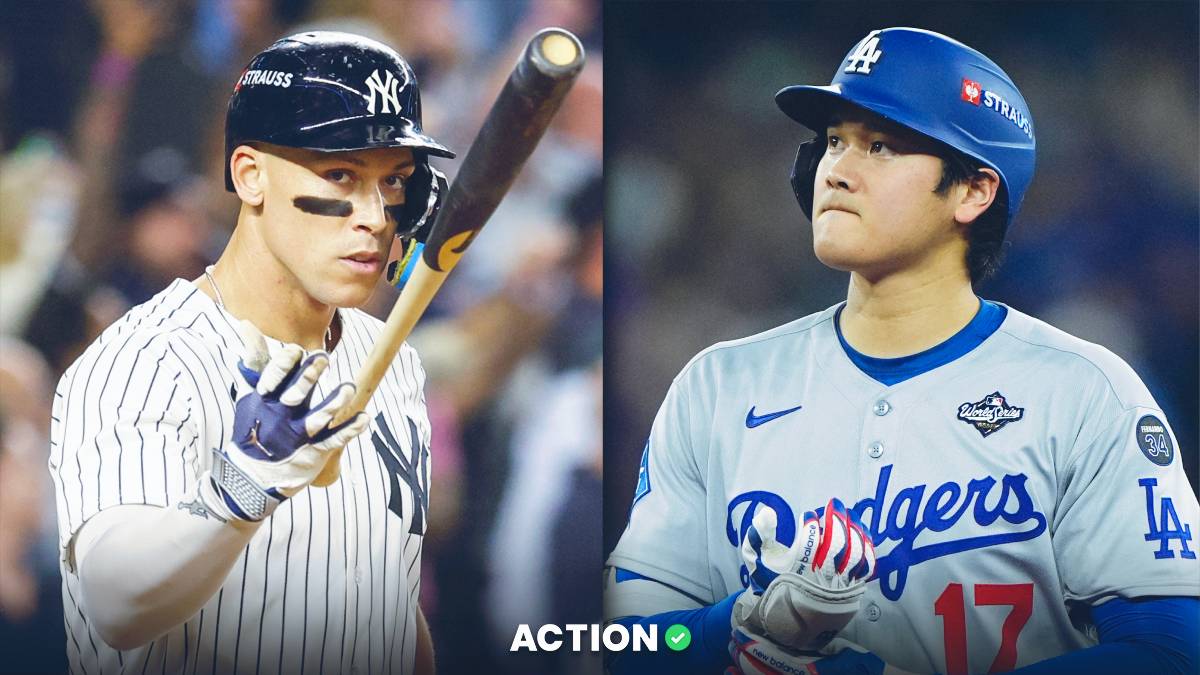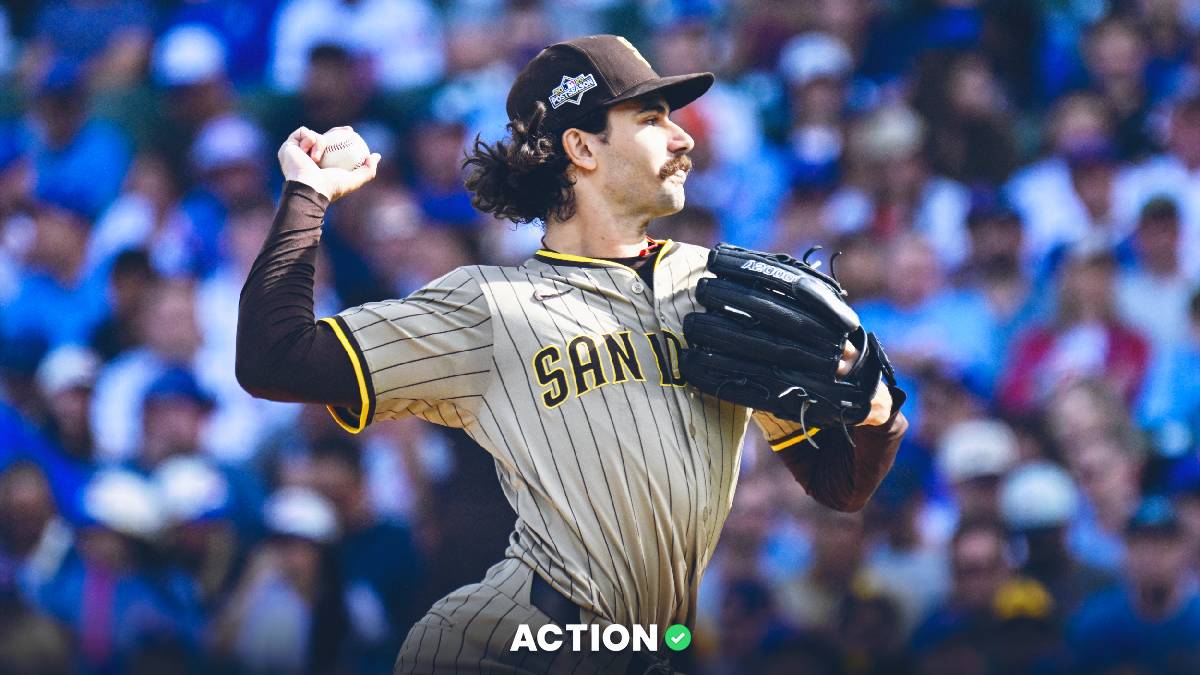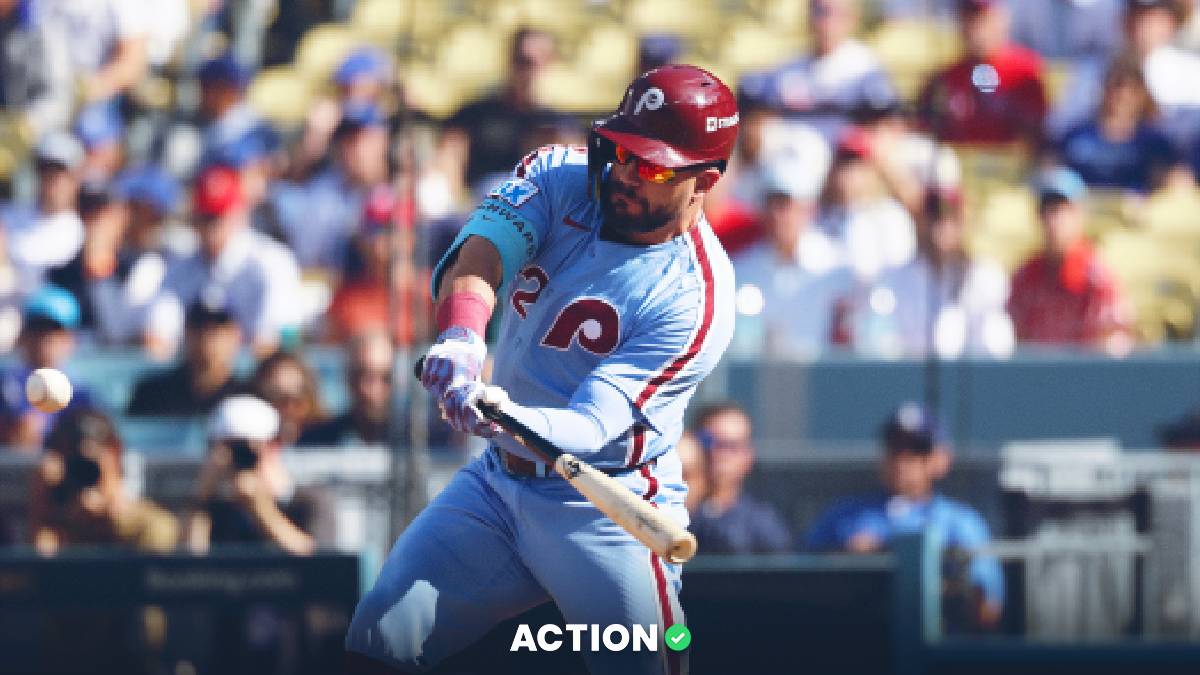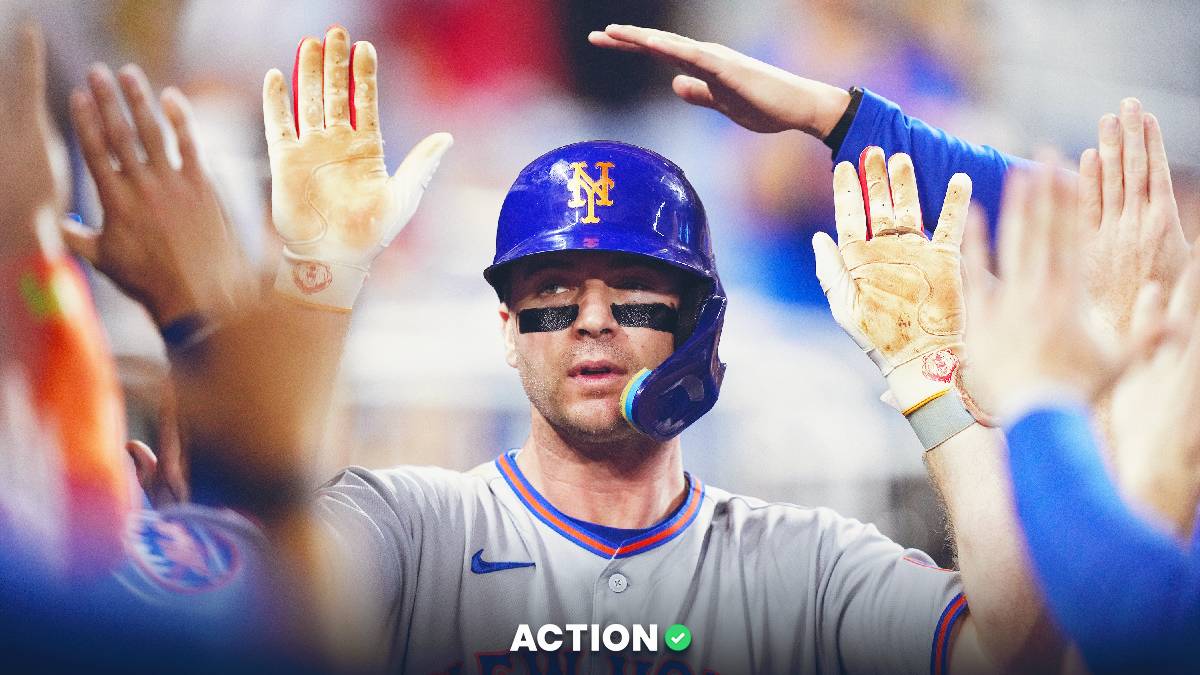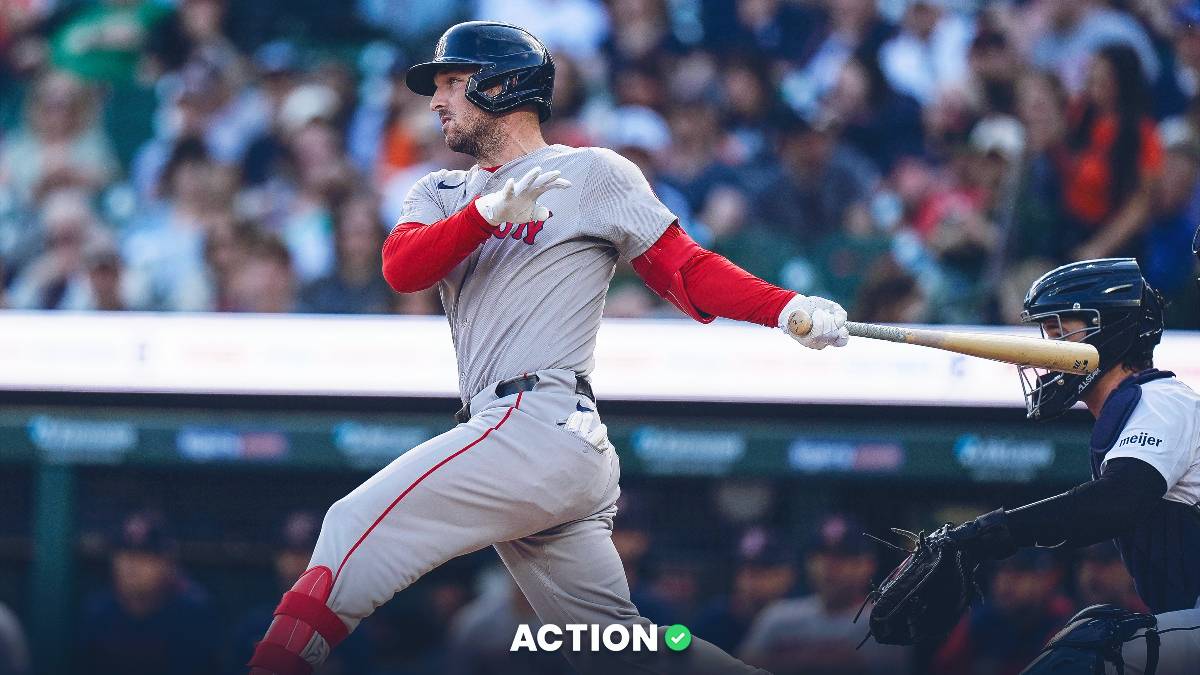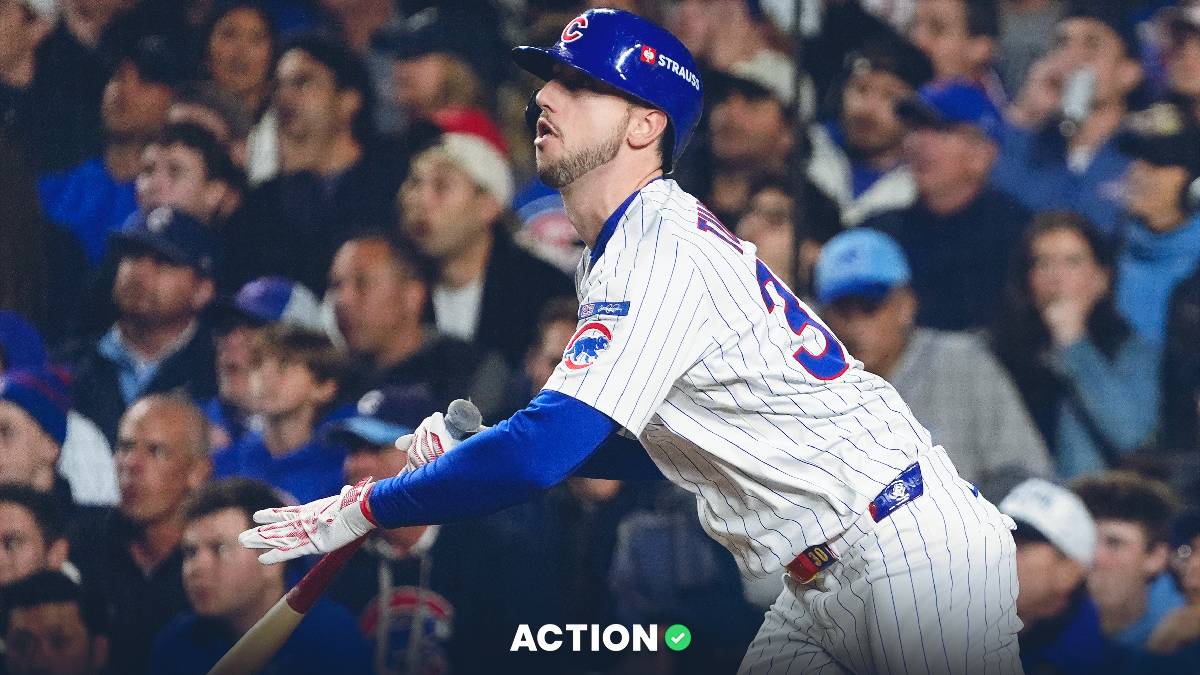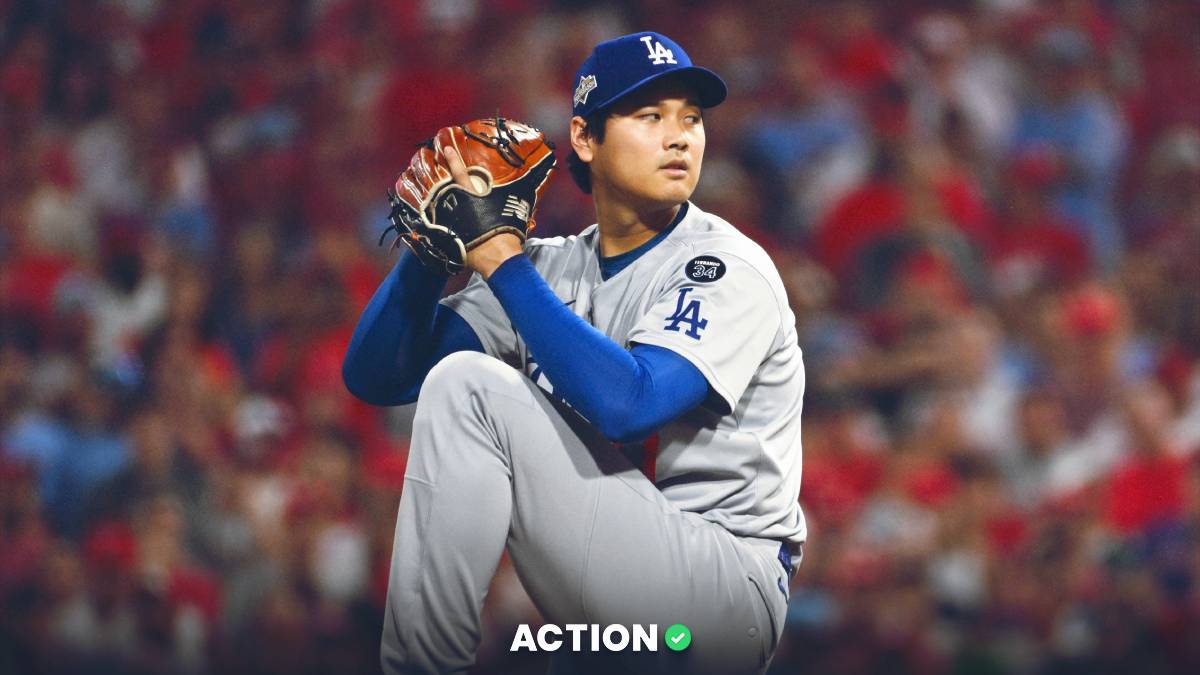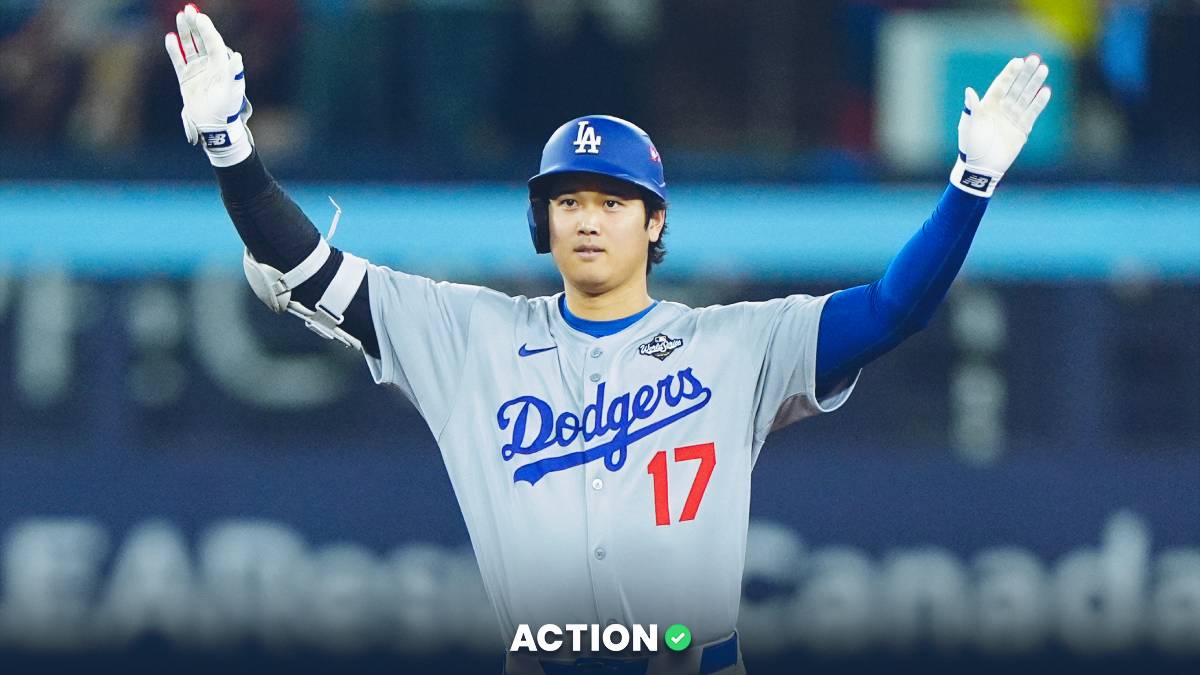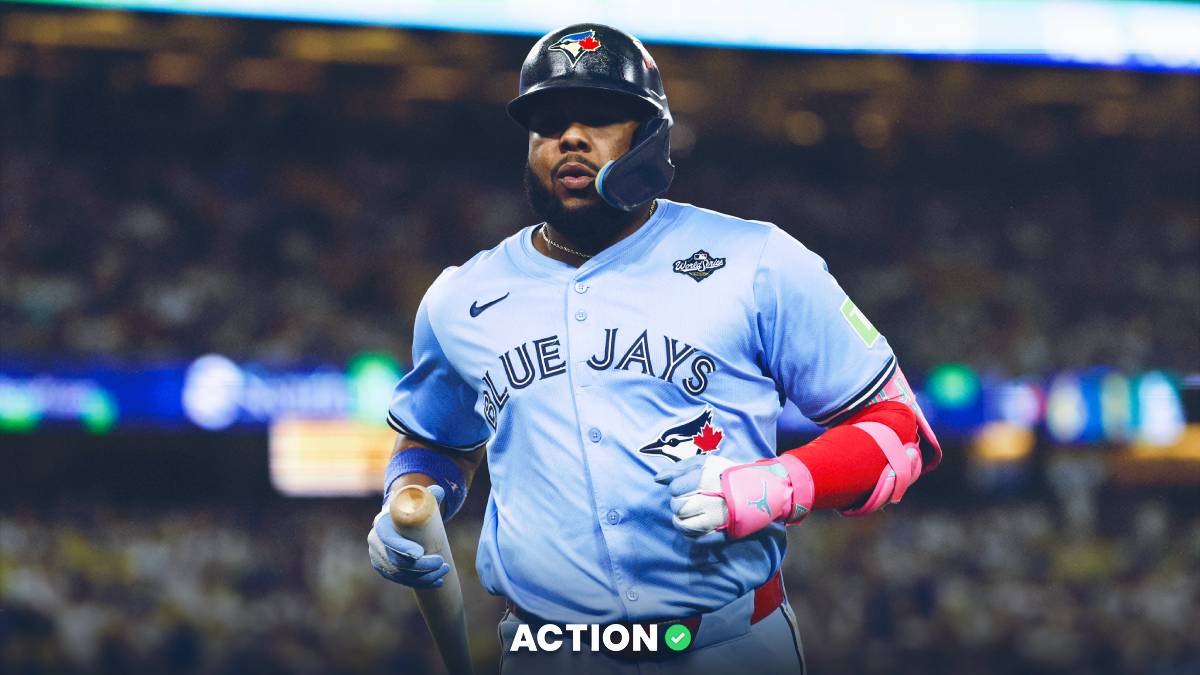The daily grind of MLB betting can be grueling, but one way to gain an edge is by looking ahead at pitching matchups worth targeting.
As you know, a starting pitching matchup is the most integral part of assessing a game from a value standpoint.
While most sportsbooks don’t post lines until approximately a day in advance — once starting pitching matchups are confirmed — if you’re on top of the ball, you can jump on pitchers with value, before the markets adjust post-opening, and create positive ROI.
Here's this week's buy/sell report:
Bryce Elder, Braves
Projected Start: Tuesday vs. Minnesota Twins (Joe Ryan)
It likely comes as no surprise that Bryce Elder has once again found his way onto this list.
The right-hander looked as if he were falling down to earth after 11 1/3 innings of nine-run ball against the Mets and Nationals. But he quickly followed up with back-to-back quality starts, including seven shutout against the Phillies.
Elder is one of the more interesting pitchers in MLB. He is a ‘nibbler’ by trait. His pitches have a lot of movement and he likes to attack outside the zone, relying on chases to generate weak contact or whiffs. Only 38.3% of Elder’s pitches are inside the zone.
If opponents are patient and force him to attack, Elder can find himself in danger. He’s been able to mitigate damage with an unsustainable 85.3 LOB%, but I’ll be fading him here against the Twins.
Elder ranks in the bottom 30% of pitchers in average exit velocity and hard-hit%. He is also by no means a strikeout-heavy pitcher. Negative regression will set in soon enough for Elder, who sits in the mid-to-high 3s in just about every expected metric.
The Braves will have one of their toughest tests on Tuesday, too. Joe Ryan takes the mound and the sophomore year leap he’s taken has been incredible. His xERA sits at 2.44 and he ranks in the top 15% of all pitchers in xBA, xSLG and barrel%.
Ryan’s K-BB% is 23.2 — top five in MLB alongside Spencer Strider, Kevin Gausman and Shohei Ohtani, among others — using a four-pitch arsenal to breeze by opponents. Ryan enters fresh off a three-hit shutout of the Red Sox bouncing back from his worst start of the season.
As a short underdog, I love backing Ryan here and fading Elder who continues to avoid the inevitable negative regression.
Martin Perez, Rangers
Projected Starts: Tuesday vs. Detroit Tigers (TBD); Sunday vs. Houston Astros (Framber Valdez)
I’ve touched on Martin Perez quite a bit over the last months, and think Tuesday presents a great spot to fade the left-hander in some capacity.
Perez faced the Tigers at the end of May and was unable to finish the fifth inning. He gave up six runs on seven hits and four walks over 4 2/3. He has since thrown three quality starts over his last four — he was blown up by Tampa — and has lowered his ERA to 4.38.
Expected metrics sit over a half-run higher at 4.99 and his xBA (.287) is his lowest since 2018. His strikeout rate has dropped over 5% from last season and Perez has seen his xSLG, barrel and hard-hit rate jump across the board.
His command can at times be shaky, but with an extremely low whiff rate and often having to rely on the defense behind him — he also ranks in the bottom-half of pitchers in exit velocity — it can often prove disastrous.
The Tigers have been a league-average offense the last couple of weeks and draw their better split, a step in the right direction. For what it’s worth, they are normally in the bottom 5-10 offenses in most situations.
While it’s not known who will start against Perez, all signs point toward Matt Manning make his long-awaited return. It’ll have been five days since his Triple-A rehab start where he struck out six over four shutout innings. He did walk five batters, but only gave up one hit.
If the line isn’t appealing enough to back Detroit straight, look toward a potential team total, or look to fade Perez over the next month or so. He does pitch Sunday against Houston, too, and there’ll be plenty of value fades on the southpaw who pitches for one of the top teams in the American League.
Pablo Lopez, Twins
Projected Start: Friday vs. Baltimore Orioles (Dean Kremer)
While Joe Ryan has been fantastic all season long, Pablo Lopez has been one of the most unlucky pitchers in baseball.
Brought in over the offseason, Lopez has a 4.41 ERA through the first three months. But the crazy part is his expected metrics all sit in the low-to-mid 3s, over a run lower than actual. He has been snake bitten by the LOB bug (67.9%) and a career-worst .311 BABIP.
A deep dive into his metrics will show you all the positives. He has been a completely different pitcher than last season (3.75 xERA). Lopez’s barrel rate has dropped a full percent and his xBA and xSLG have dropped over 20 points.
For the first time in his career, Lopez’s strikeout rate has jumped above 30%, too. He’s in the top 3% of all pitchers in chase rate.
Things should turn for Lopez soon. He is a high-leverage arm who has been the model of consistency since 2020. He is a sub-4.00 ERA pitcher by every metric and has a good matchup on Friday against Dean Kremer and an Orioles offense in their lesser split.
Kremer has long been a fade candidate for me. His xERA is 5.73, over a run higher than actual, and he’s posting a career-worst xBA (.292). His barrel rate has jumped back above double-digits and his xSLG (.513) ranks in the bottom 6% of all pitchers.
While Kremer does not walk many batters and has good command, he doesn’t generate chases out of the zone and is hit hard when balls are put in play.
I’m going to follow the trends here in a matchup where the Twins should be slight favorites. They have the edge across the board — especially in the first five — and I will be backing Lopez consistently over the next month or two as he falls back to Earth for the better.
Graham Ashcraft, Reds
Projected Start: Friday vs. San Diego Padres (Michael Wacha)
This one is painful to write about because Graham Ashcraft has burned me a handful of times this season already. But against a struggling Padres team behind an overrated starter, it’s worth mentioning.
Ashcraft has a 7.17 ERA across 14 starts. But that should come back in the form of positive regression as the season progresses. His xFIP (4.80) and xERA (5.84) suggest he’s been a bit unlucky, and his 62.0 LOB% is about 8% lower than preseason projections from ZIPS and Steamers, among others.
Ashcraft doesn’t strike out many batters but he does force ground balls at a near-50% rate. His biggest issue has been limiting the long ball. He has a 1.57 HR/9, an issue he never had at any point in both the minors or his stint with Cincy last season.
I find it hard to believe that number won’t fall back down toward 1.0; his barrel rate is above-average and he’s in the 47th percentile in average exit velocity. So it’s not like he’s consistently being crushed.
While it was in early May, Ashcraft did throw six innings of one-run ball against San Diego. It was his last effective start before a long stretch of battering. It’s never easy to back Ashcraft, but he is a much better pitcher than his baseline numbers indicate.
Michael Wacha, meanwhile, has posted his best season since 2017. But he has overperformed expectations by a decent margin. His xERA (4.04) is over a run higher than actual (2.90) — his xFIP is 4.57 — and there hasn’t been a significant change in his other metrics.
The strikeout rate remains the same and while he’s shored up on his barrel rate, his walk rate has increased slightly. His changeup remains a driving factor in his success — .180 xBA, .323 xSLG — and it’s his only plus-pitch, per Stuff+. His other main pitch, the fastball, is all the way down at 69.
I am hesitant to think this is fully sustainable for Wacha. His BABIP (.245) is over 50 points lower than his career average (.290) and he’s posted yet another season with a LOB% above 80.
And while his ground ball rate has dropped nine percent — his FB% is up 7.9 — his HR/9 is down by 0.4. The Reds offense isn’t anything to gawk at and we’ve seen just what they can do when everything clicks.
Depending the number, this may be a hold your nose Reds ML play.


